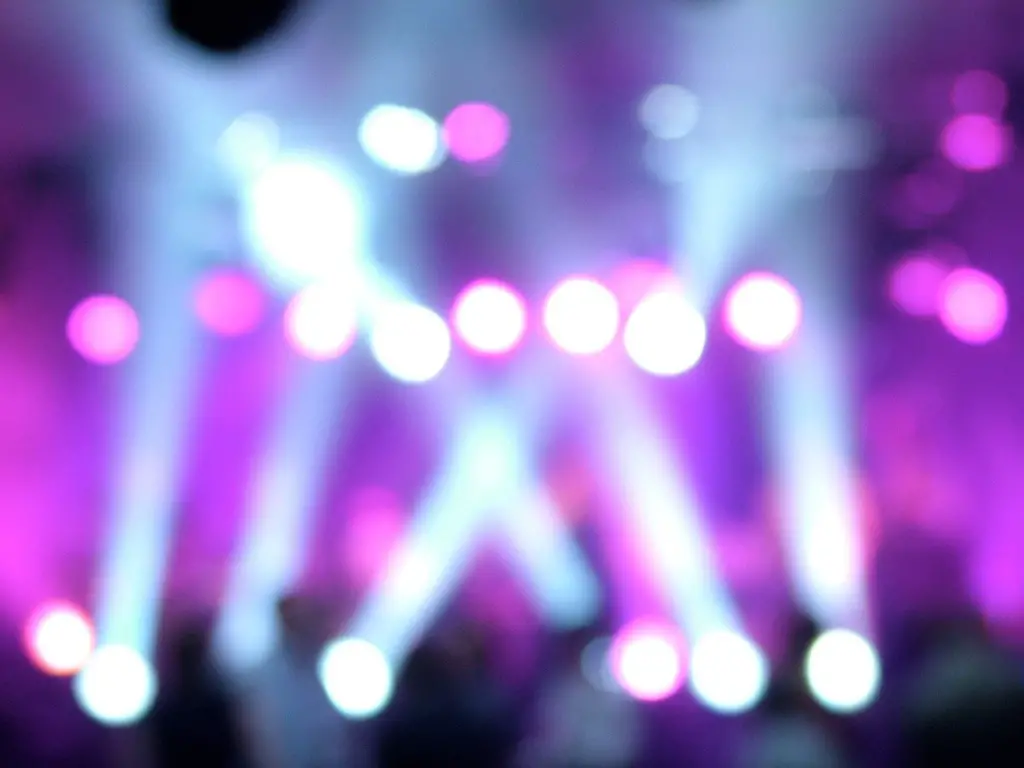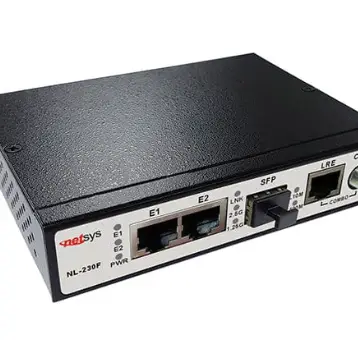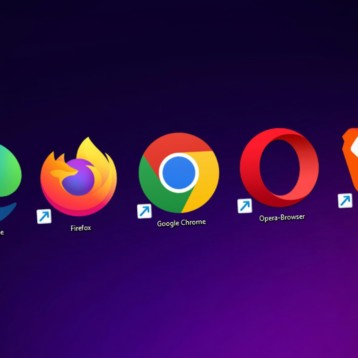
Changes in lighting technology mean that the future will see new lighting systems. Many places, especially businesses, will want better ways to manage their lighting; this saves energy and gives a business premise that additional charm. The light bulbs of today came in the 1880s during the times of Thomas Edison. Before those days, kerosene lamps dominated lighting systems. Though they provided utility, they lacked convenience and were uneconomical to some extent. Today, the world faces a similar issue, even though the lighting systems have cut down power bills for many people.
For most businesses today, closing and opening the lighting systems manually is no longer convenient. Current lighting methods are also becoming expensive due to the increased need for more lighting systems. The need for more convenience and control has pushed people to IoT lighting, which is poised to take over in the decade to come. In 2026, the intelligent lighting system will hit $4.5 billion and grow consistently throughout the 2020s.
Why is IoT lighting useful for businesses now more than ever?
Businesses want to make profits, one of the significant drivers of innovation. Many startups today are looking for better solutions to get the attention of the markets, and what better ways to do this than to offer efficient lighting systems that guarantee lower expenses. Many buildings are now installing the Building Management Systems (BMS), ensuring lights are off whenever no one is in the building. The lighting systems will also come in handy in rooms, which are not in use, helping businesses save a lot when it comes to electricity costs.
How does IoT lighting work?
IoT is an intelligent system that eliminates the use of wires in buildings. The technology has extensive use of wireless switches, which removes the traditional wires connecting switches to the LED light bulbs. Bulbs and computers have a central connection to the company’s internet network, giving an administrator the power to shut off any light after everyone has gone home. Intelligent lighting systems can also vary the LED bulbs’ brightness and even decide the best times of the day where lighting is not necessary. Additionally, in the event of an issue in the wiring system, the administrator can have it fixed in record time. Wireless technologies can also tell whether some bulbs have reached their lifetime and provide ample time for replacements.
What are the potential uses of IoT lighting in business places?
IoT has many potentials, which many are just discovering. The future uses in many commercial places of the technology include:
· Asset tracking
IoT has the capabilities of sensing the exact position of an asset in a building. Precious assets in the workplace have special sensors. IoT can pick and relay critical information about the location to the administrators or the people trying to locate the goods at any time.
· Indoor-based lighting positioning systems
The technology for position-lighting systems started in 2017 with the use of Bluetooth. Before the advancement of network-based wireless systems, Bluetooth technologies dominated, which connected various devices. In 2017, shoppers in some stores used a connection via Bluetooth devices to find their way around the stores. A shopper would connect their Bluetooth-enabled phone to another device placed strategically in the store to create a map to show them the location of various goods. The same technique is possible with IoT-based lighting systems, with faster results and better maps.
· Tracking goods on store shelves to minimize expiry
IoT technologies can help deal with perishables when coupled with technologies that can monitor humidity and expiry dates of different products. When a good reaches its expiry date, or conditions suitable for storage change, smart devices can help send alerts for proper action from the store owners.
Whether you want to cut down your electricity cost or want timely updates on the nature of your goods, IoT-based lighting can achieve all that.
The future requires intelligent solutions like the phoenix lighting heavy duty LED used by mining, port and terminals, marine and governments, which can help in the current fight against climate change. Having intelligent systems in place will ensure lower power usage with that additional charm in the workplace when bulbs turn on and off on their own.







![10 Top Game Sites Not Blocked By School [2024 Updated]](https://thefutureofthings.com/wp-content/uploads/2024/10/image-25-358x358.png)


